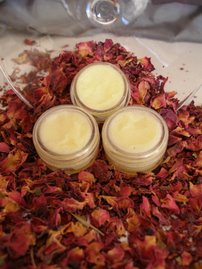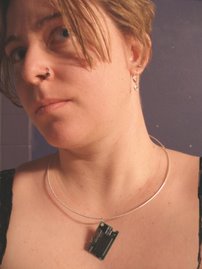In my two part article, I will give some details as to the history of soap, the soap making process and how soap is made today.
The first part will be what it takes to make soap, the different types of soap and how soap is being made today. The second part will be discussing the differences between melt and pour, hot process and cold process soap making.
The history of soap, and soap making, goes back as early as pre-historic times. It is believed that soap was originally discovered when animal fats were cooked in pots over large fires. Ash from the fire would get into the cooking pots as the contents were cooked and stirred. Then, when water was used to rinse the pots, strange foam would appear that left the pots cleaner. Records of soap used to clean wool and cotton for textile making can be found with the Babylonians around 2800 BCE and the Phoenicians around 600 BCE. Personal washing with soap did not become popular until the Roman Era.
Early soaps were made of animal fats and wood ash. Many plants and wood, when burned, naturally create a form of potassium hydroxide (KOH). This, when mixed with fats, creates a very soft soap in comparison to what we use today. This was the standard recipe for years in most areas of the world. The Egyptians and Spanish used a local sodium alkali from deposits of soda or burned seaweed. Nicolas Leblanc changed the soap making process drastically in the first part of the 19th by implementing the procedure for creating sodium hydroxide from a brine solution in factories. This process was so important that it still bears his name – the Leblanc process.
Bar soap is still made to this day with this solution of Sodium Hydroxide. Sodium Hydroxide (NaOH), also known as caustic soda or lye, is a strong base created from electrolysis of brine sea water as a co-product of chlorine. Sodium Hydroxide can be dangerous as it is a strong caustic material in its base state; however, when mixed with fats in the proper proportions, its chemical properties are changed and soap is the result.
Soap is created when there a reaction occurs between triglycerides (fats), water and a base (lye, with its high pH, works well). In a process known as saponification, the fats break down (hydrolyzed) and, among other things, glycerin is left behind.
A balanced mixture will chemically change all the fats and lye to soap and glycerin with neither fat nor lye left behind. It is more common with today’s homemade soap makers to do what is called superfatting. Superfatting is when more fats are mixed with the lye in order to leave part of the fats behind. Correctly made soap never has lye left behind and is, therefore, completely safe for the skin.
Soft or Liquid soaps of today are created much the same way but use the earlier mixture of Potassium Hydroxide as it creates a much softer soap. Other ingredients can also be added for texture, foaming, and clarity.
Many products purchased in the grocery store today are actually not soap, most are what is called a detergent bar. They may or may not contain actual soap but most of the ingredients are actually a mix of detergents, foaming agents and other ingredients.
True soap always includes the same basic ingredients, fats from some animal or plant source, sodium hydroxide/potassium hydroxide and liquid. Though many, many combinations of fats, liquids, additives and scents exist, the basic recipe will always be the same. In the next article we will discuss the differences that make soap unique and how different soaps are made.
Wednesday, March 28, 2007
Subscribe to:
Post Comments (Atom)








No comments:
Post a Comment